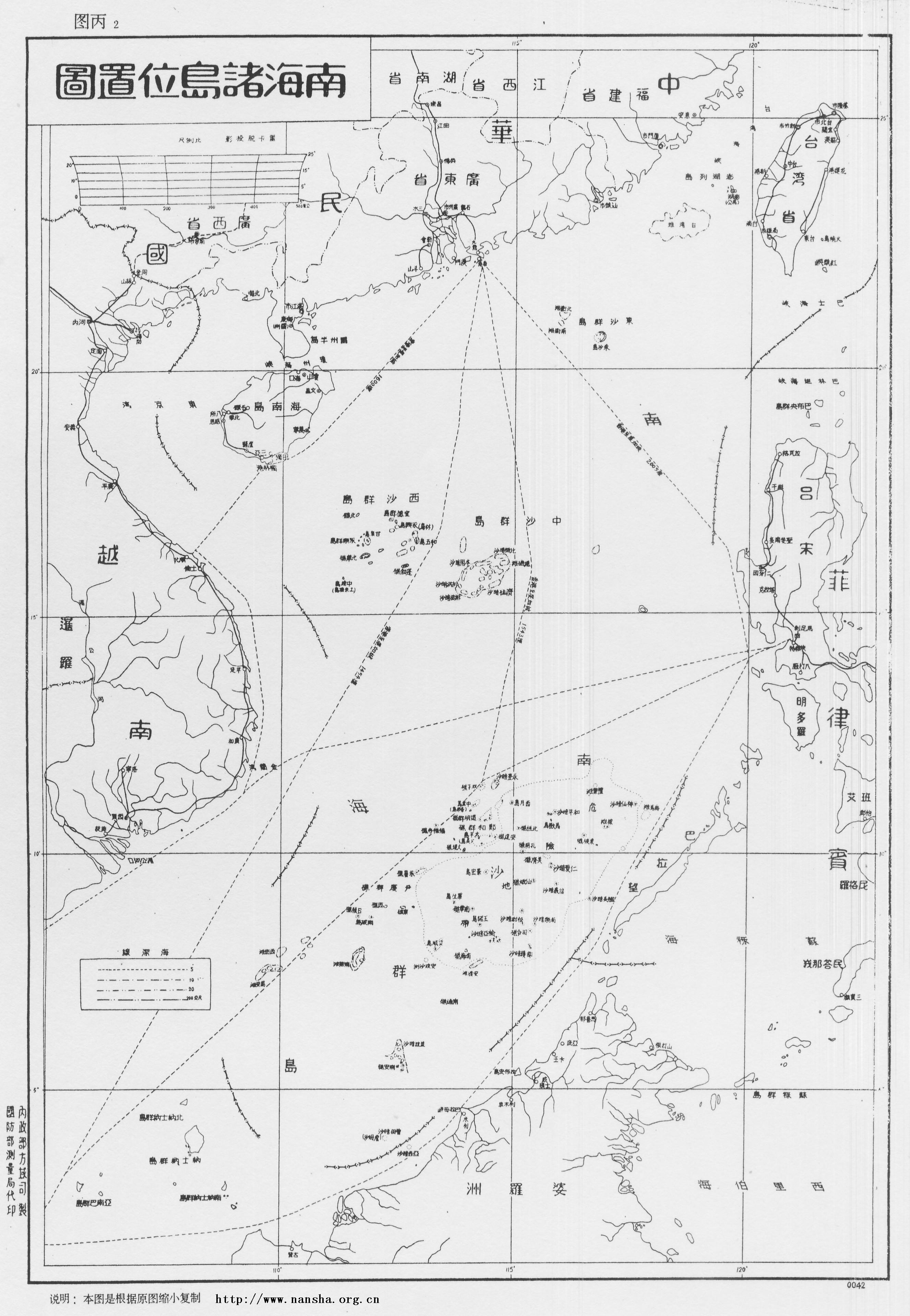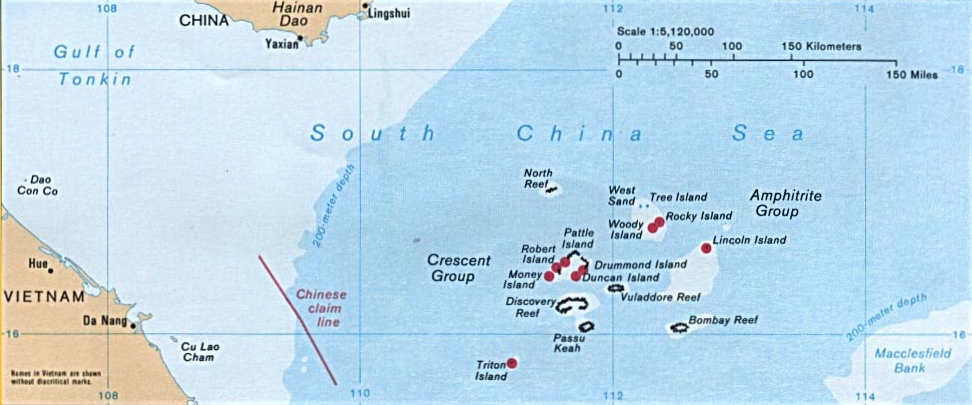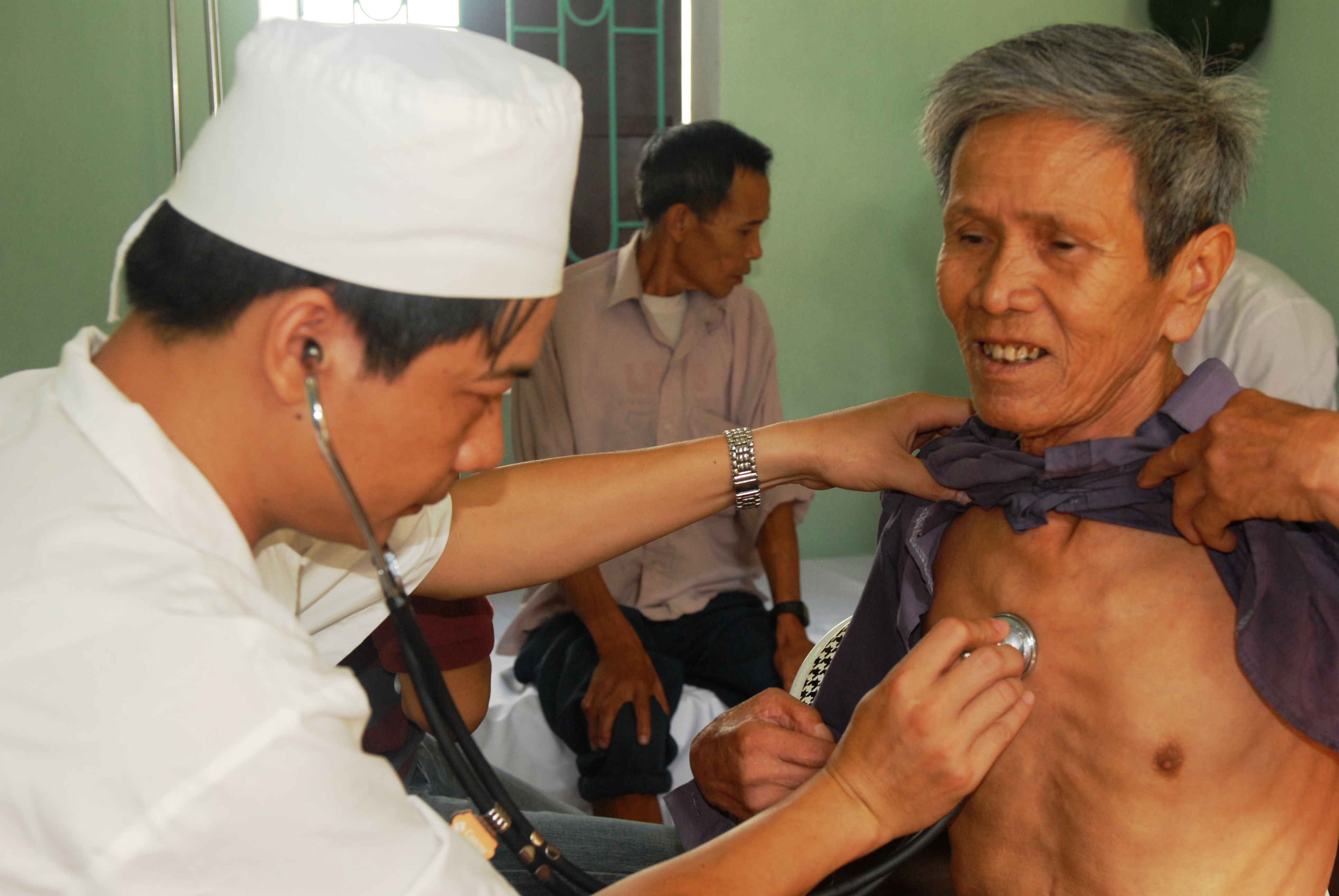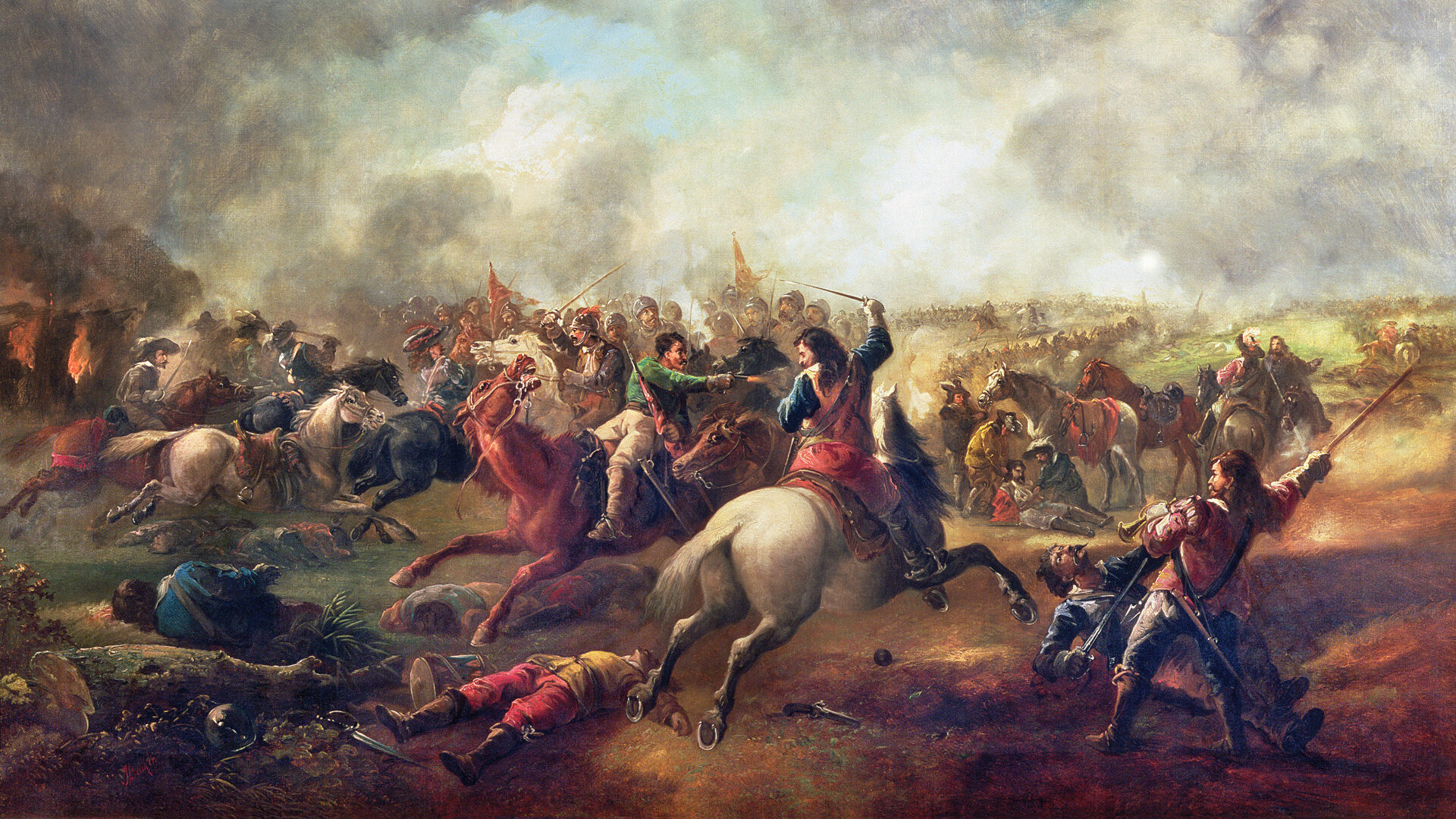|
Naval Infantry (Vietnam)
The Naval Infantry Brigades (sometimes NI; ) are a component and virtually a combat arm under the Vietnam People's Navy that have the task of stationing troops to protect islands, rocks and inland naval bases, or attacking or landing by sea on the mainland or on the islands occupied by foreign countries, protecting Vietnam's territorial sovereignty and territorial sea. According to the International Institute of Strategic Studies in 2010, the VPN NI is the second largest marine corp next to the US Marine Corps. History The modern day Vietnamese Naval Infantry has its origin during the Vietnam War when in 1969, based on the success of their sapper unit they created two years before, the People's Army of Vietnam decided to raise a 500-man sapper unit with amphibious capabilities. The unit that was created was the 126 Naval Sapper Group. Vietnam War The 126 Naval Sapper Group's 1st deployment was around the Cửa Việt river, south of the DMZ and is suspected of being responsi ... [...More Info...] [...Related Items...] OR: [Wikipedia] [Google] [Baidu] |
Vietnam People's Navy
The Vietnam People's Navy (VPN; ), internally the Naval Service (), also known as the Vietnamese People's Navy or simply Vietnam/Vietnamese Navy (), is the naval branch of the Vietnam People's Army and is responsible for the protection of the country's national waters, islands, and interests of the maritime economy, as well as for the co-ordination of maritime police, customs service and the border defence force. History Pre–Modern Period Vietnam War On 19 July 1946, Acting President of Democratic Republic of Vietnam (DRV) Huỳnh Thúc Kháng signed into law a decree establishing the modern Vietnamese navy. Then, on 10 September of that year, General Võ Nguyên Giáp started to build a flotilla as the core of the new navy. On 8 March 1949, Vietnam established the Department of Naval Research under the General Staff. This department has performed both research and training to prepare for combat missions. Following the Geneva Conference in 1954, the DRV went about ... [...More Info...] [...Related Items...] OR: [Wikipedia] [Google] [Baidu] |
Spratly Islands
The Spratly Islands (; zh, s=南沙群岛, t=南沙群島, p=Nánshā Qúndǎo; ; ) are a disputed archipelago in the South China Sea. Composed of islands, islets, cays, and more than 100 reefs, sometimes grouped in submerged old atolls, the archipelago lies off the coasts of the Philippines, Malaysia, and southern Vietnam. Named after the 19th-century British whaling captain Richard Spratly who sighted Spratly Island in 1843, the islands contain less than of naturally occurring land area that is spread over hundreds of square km of the South China Sea. The Spratly Islands are one of the major archipelagos in the South China Sea which complicate governance and economics in this part of Southeast Asia due to their location in strategic shipping lanes. The islands are largely uninhabited, but offer rich fishing grounds and may contain significant oil and natural gas reserves, and as such are important to the claimants in their attempts to establish international bounda ... [...More Info...] [...Related Items...] OR: [Wikipedia] [Google] [Baidu] |
South China Sea
The South China Sea is a marginal sea of the Western Pacific Ocean. It is bounded in the north by South China, in the west by the Indochinese Peninsula, in the east by the islands of Taiwan island, Taiwan and northwestern Philippines (mainly Luzon, Mindoro and Palawan Island, Palawan), and in the south by Borneo, eastern Sumatra and the Bangka Belitung Islands, encompassing an area of around . It communicates with the East China Sea via the Taiwan Strait, the Philippine Sea via the Luzon Strait, the Sulu Sea via the straits around Palawan, the Java Sea via the Karimata Strait, Karimata and Bangka Straits and directly with Gulf of Thailand. The Gulf of Tonkin is part of the South China Sea. $3.4 trillion of the world's $16 trillion Maritime transport, maritime shipping passed through South China Sea in 2016. Oil and natural gas reserves have been found in the area. The Western Central Pacific accounted for 14% of world's commercial fishing in 2010. The South China Sea Islands, ... [...More Info...] [...Related Items...] OR: [Wikipedia] [Google] [Baidu] |
Sovereignty
Sovereignty can generally be defined as supreme authority. Sovereignty entails hierarchy within a state as well as external autonomy for states. In any state, sovereignty is assigned to the person, body or institution that has the ultimate authority over other people and to change existing laws. In political theory, sovereignty is a substantive term designating supreme legitimate authority over some polity. In international law, sovereignty is the exercise of power by a state. ''De jure'' sovereignty refers to the legal right to do so; '' de facto'' sovereignty refers to the factual ability to do so. This can become an issue of special concern upon the failure of the usual expectation that ''de jure'' and ''de facto'' sovereignty exist at the place and time of concern, and reside within the same organization. Etymology The term arises from the unattested Vulgar Latin *''superanus'' (itself a derived form of Latin ''super'' – "over") meaning "chief", "ruler". Its spellin ... [...More Info...] [...Related Items...] OR: [Wikipedia] [Google] [Baidu] |
Paracel Islands
The Paracel Islands, also known as the Xisha Islands () and the Hoàng Sa Archipelago (), are a disputed archipelago in the South China Sea and currently controlled by the People's Republic of China. The word ''paracel'' is of Portuguese origin, meaning placer (a submerged bank or reef), and appears on 16th-century Portuguese maps. The archipelago includes about 130 small coral islands and reefs, most grouped into the northeastern Amphitrite Group or the western Crescent Group. They are distributed over a maritime area of around , with a land area of approximately . The archipelago is located about 220 miles (350 km) southeast of Hainan Island, equidistant from the coastlines of the People's Republic of China (PRC) and Vietnam, and approximately one-third of the way between central Vietnam and the northern Philippines. A feature of the Paracel Islands is Dragon Hole, the second deepest blue hole (underwater sinkhole) in the world. Sea turtles and seabirds are nati ... [...More Info...] [...Related Items...] OR: [Wikipedia] [Google] [Baidu] |
China
China, officially the People's Republic of China (PRC), is a country in East Asia. With population of China, a population exceeding 1.4 billion, it is the list of countries by population (United Nations), second-most populous country after India, representing 17.4% of the world population. China spans the equivalent of five time zones and Borders of China, borders fourteen countries by land across an area of nearly , making it the list of countries and dependencies by area, third-largest country by land area. The country is divided into 33 Province-level divisions of China, province-level divisions: 22 provinces of China, provinces, 5 autonomous regions of China, autonomous regions, 4 direct-administered municipalities of China, municipalities, and 2 semi-autonomous special administrative regions. Beijing is the country's capital, while Shanghai is List of cities in China by population, its most populous city by urban area and largest financial center. Considered one of six ... [...More Info...] [...Related Items...] OR: [Wikipedia] [Google] [Baidu] |
Medical Examination
In a physical examination, medical examination, clinical examination, or medical checkup, a medical practitioner examines a patient for any possible medical signs or symptoms of a Disease, medical condition. It generally consists of a series of questions about the patient's medical history followed by an examination based on the reported symptoms. Together, the medical history and the physical examination help to determine a medical diagnosis, diagnosis and devise the treatment plan. These data then become part of the medical record. Types Routine The ''routine physical'', also known as ''general medical examination'', ''periodic health evaluation'', ''annual physical'', ''comprehensive medical exam'', ''general health check'', ''preventive health examination'', ''medical check-up'', or simply ''medical'', is a physical examination performed on an asymptomatic patient for medical screening purposes. These are normally performed by a pediatrician, family practice physician, ... [...More Info...] [...Related Items...] OR: [Wikipedia] [Google] [Baidu] |
Battlefield
A battlefield, battleground, or field of battle is the location of a present or historic battle involving ground warfare. It is commonly understood to be limited to the point of contact between opposing forces, though battles may involve troops covering broad geographic areas. Although the term implies that battles are typically fought in a Plain, field – an open stretch of level ground – it applies to any type of terrain on which a battle is fought. The term can also have legal significance, and battlefields may have substantial historical and cultural value—the battlefield has been described as "a place where ideals and loyalties are put to the test".Veronica Fiorato, Anthea Boylston, Christopher Knüsel, ''Blood Red Roses: The Archaeology of a Mass Grave from the Battle of Towton AD 1461'' (2007), p. 3. Various acts and treaties restrict certain belligerent conduct to an identified battlefield. Other legal regimes promote the preservation of certain battlefields as si ... [...More Info...] [...Related Items...] OR: [Wikipedia] [Google] [Baidu] |
Wave
In physics, mathematics, engineering, and related fields, a wave is a propagating dynamic disturbance (change from List of types of equilibrium, equilibrium) of one or more quantities. ''Periodic waves'' oscillate repeatedly about an equilibrium (resting) value at some frequency. When the entire waveform moves in one direction, it is said to be a travelling wave; by contrast, a pair of superposition principle, superimposed periodic waves traveling in opposite directions makes a ''standing wave''. In a standing wave, the amplitude of vibration has nulls at some positions where the wave amplitude appears smaller or even zero. There are two types of waves that are most commonly studied in classical physics: mechanical waves and electromagnetic waves. In a mechanical wave, Stress (mechanics), stress and Strain (mechanics), strain fields oscillate about a mechanical equilibrium. A mechanical wave is a local deformation (physics), deformation (strain) in some physical medium that propa ... [...More Info...] [...Related Items...] OR: [Wikipedia] [Google] [Baidu] |
Spratly Island
Spratly Island ( or , ; ; ), also known as Storm Island, is the fourth largest of the naturally occurring Spratly Islands in the South China Sea with an area of , and the largest of the Vietnamese-administered Spratly islands. In 2016 the Vietnamese embarked on a land reclamation program at ten locations in the Spratly Islands. At Spratly Island 37 acres have been reclaimed, which has allowed for the addition of a harbourSpratly Island Asia Maritime Transparency Initiative and the doubling of the length of the island's runway to a length of about . It is also claimed by China (PRC) and Taiwan (ROC). Location Spratly island lies west of the SW of[...More Info...] [...Related Items...] OR: [Wikipedia] [Google] [Baidu] |
Khmer Rouge
The Khmer Rouge is the name that was popularly given to members of the Communist Party of Kampuchea (CPK), and by extension to Democratic Kampuchea, which ruled Cambodia between 1975 and 1979. The name was coined in the 1960s by Norodom Sihanouk to describe his country's heterogeneous, communist-led dissidents, with whom he allied after the 1970 Cambodian coup d'état. The Kampuchea Revolutionary Army was slowly built up in the forests of eastern Cambodia during the late 1960s, supported by the People's Army of Vietnam, the Viet Cong, the Pathet Lao, and the Chinese Communist Party (CCP). Although it originally fought against Sihanouk, the Khmer Rouge changed its position and supported Sihanouk following the CCP's advice after he was overthrown in a 1970 coup d'état by Lon Nol who established the pro-American Khmer Republic. Despite a massive American bombing campaign (Operation Freedom Deal) against them, the Khmer Rouge won the Cambodian Civil War when they Fall of Phnom Pen ... [...More Info...] [...Related Items...] OR: [Wikipedia] [Google] [Baidu] |
Cambodian–Vietnamese War
The Cambodian–Vietnamese War was an armed conflict between Democratic Kampuchea, controlled by Pol Pot's Khmer Rouge, and the Vietnam, Socialist Republic of Vietnam. It began in December 1978, with a Vietnamese invasion of Cambodia which toppled the Khmer Rouge and ended in 1989 with the withdrawal of Vietnamese forces from Cambodia. The war was preceded by years of conflict between Vietnam and the Khmer Rouge, including numerous massacres by the Khmer Rouge, notably the Ba Chúc massacre of over 3,000 Vietnamese civilians in April 1978. On 21 December 1978, the Vietnamese launched a limited offensive towards the town of Kratié (town), Kratie.Morris, p. 111 On 23 December 1978, 10 out of 19 divisions of the Khmer Rouge's Kampuchea Revolutionary Army opened fire along the border with Vietnam with the goal of invading the southwestern border provinces of Đồng Tháp province, Đồng Tháp, An Giang province, An Giang and Kiên Giang province, Kiên Giang. On 25 December 19 ... [...More Info...] [...Related Items...] OR: [Wikipedia] [Google] [Baidu] |










